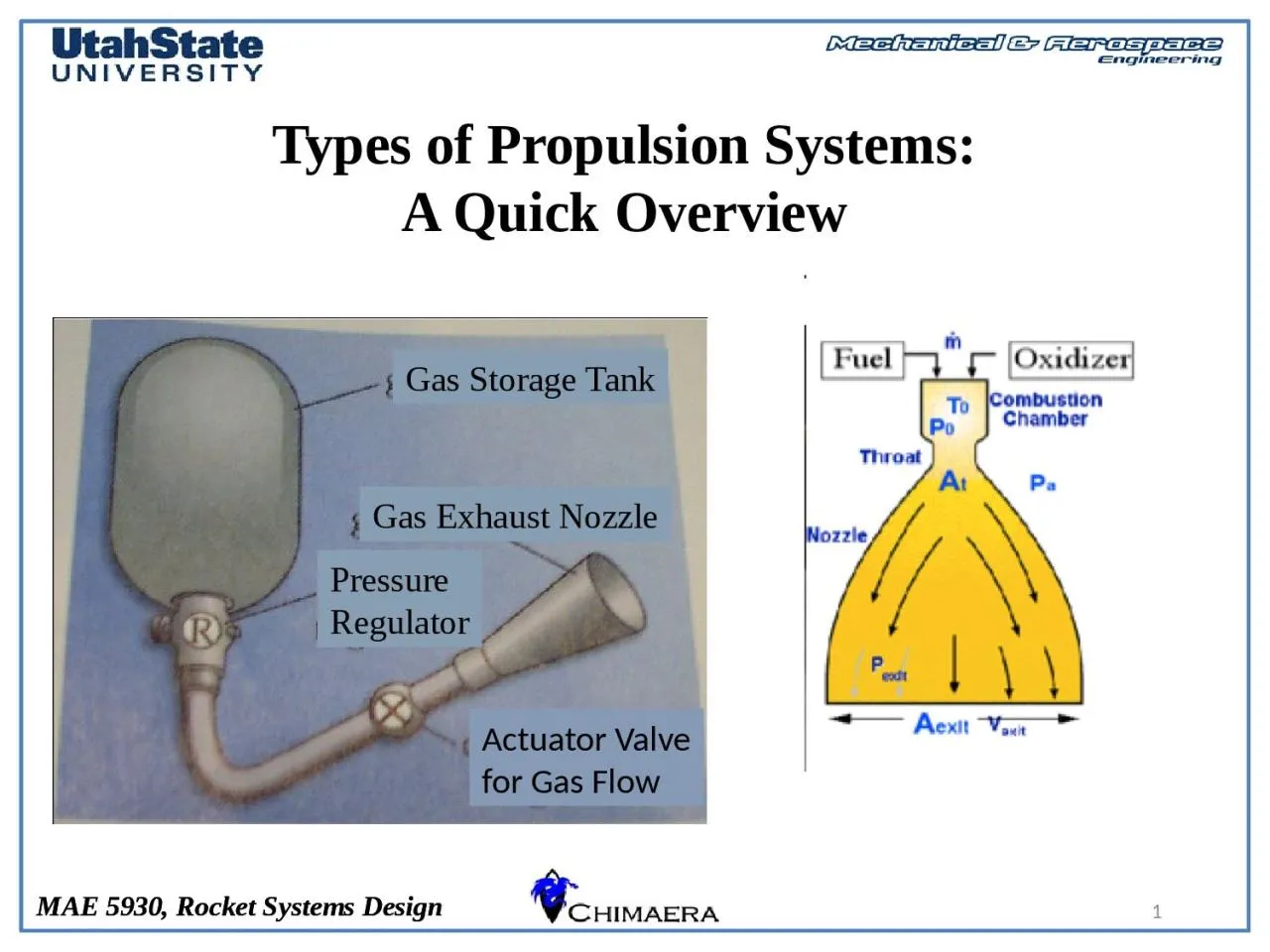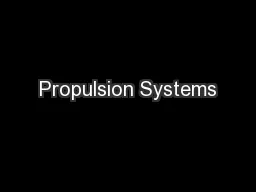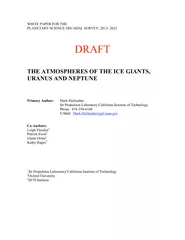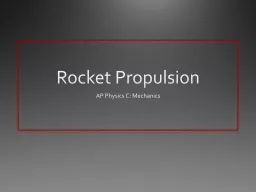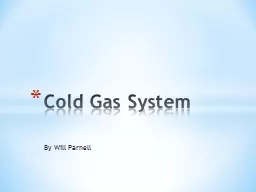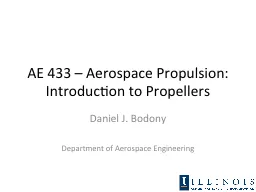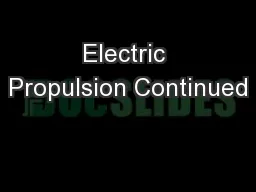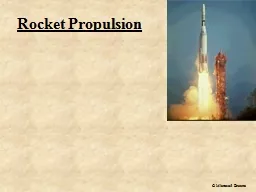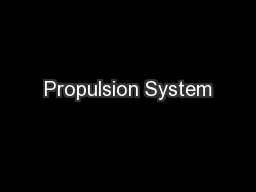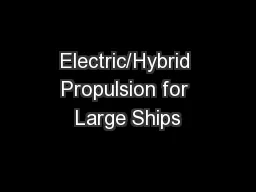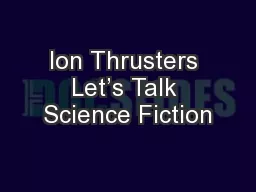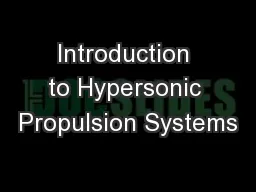PPT-1 Types of Propulsion Systems:
Author : sylvia | Published Date : 2022-06-07
A Quick Overview Actuator Valve for Gas Flow Pressure Regulator Gas Storage Tank Gas Exhaust Nozzle 2 Review Thrust Equation Thrust Oxidizer enters combustion
Presentation Embed Code
Download Presentation
Download Presentation The PPT/PDF document "1 Types of Propulsion Systems:" is the property of its rightful owner. Permission is granted to download and print the materials on this website for personal, non-commercial use only, and to display it on your personal computer provided you do not modify the materials and that you retain all copyright notices contained in the materials. By downloading content from our website, you accept the terms of this agreement.
1 Types of Propulsion Systems:: Transcript
Download Rules Of Document
"1 Types of Propulsion Systems:"The content belongs to its owner. You may download and print it for personal use, without modification, and keep all copyright notices. By downloading, you agree to these terms.
Related Documents

